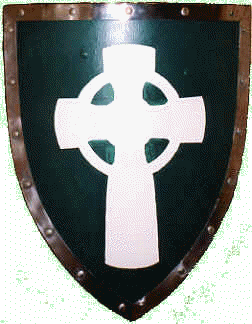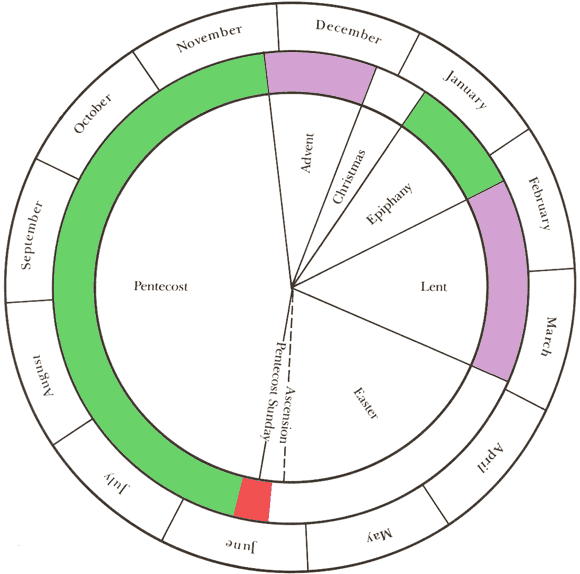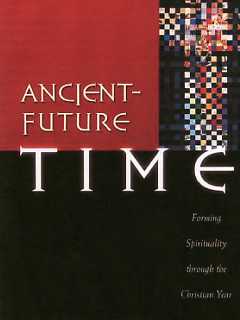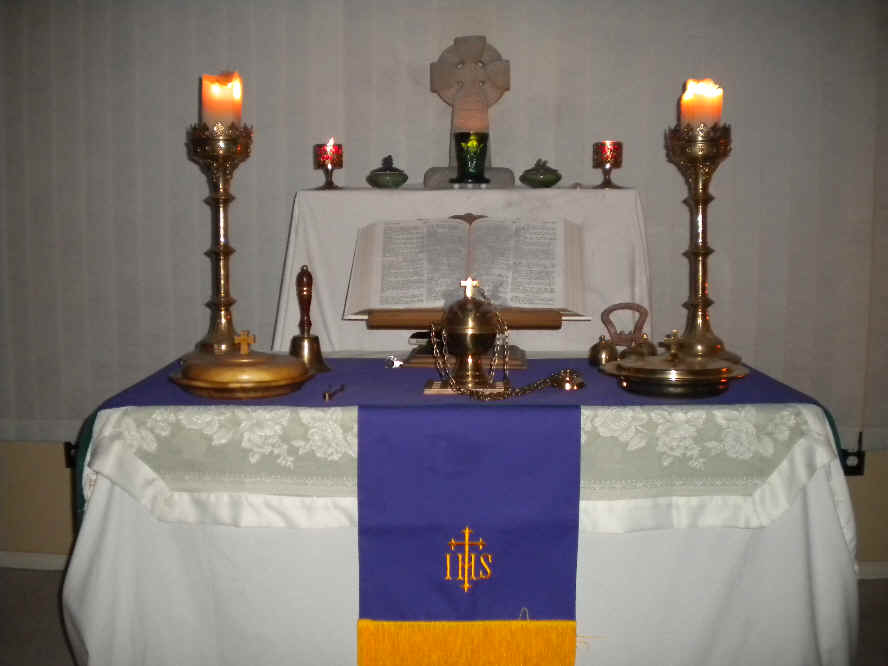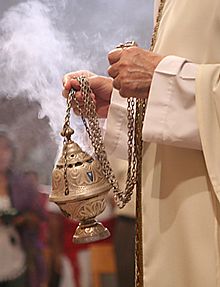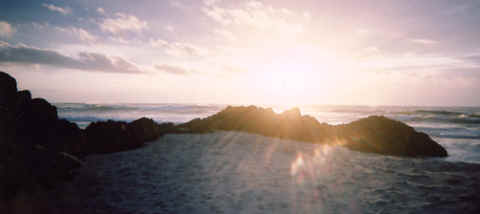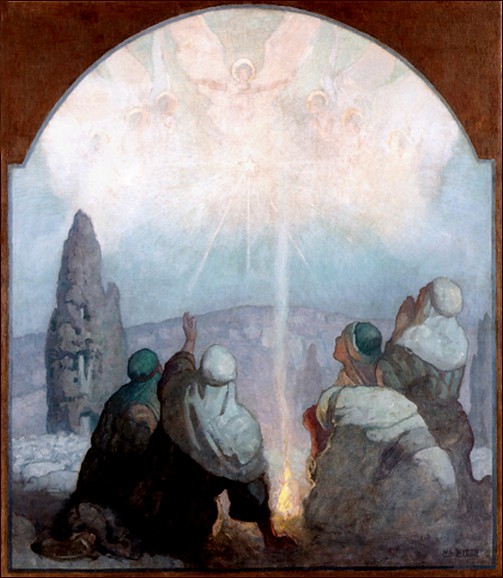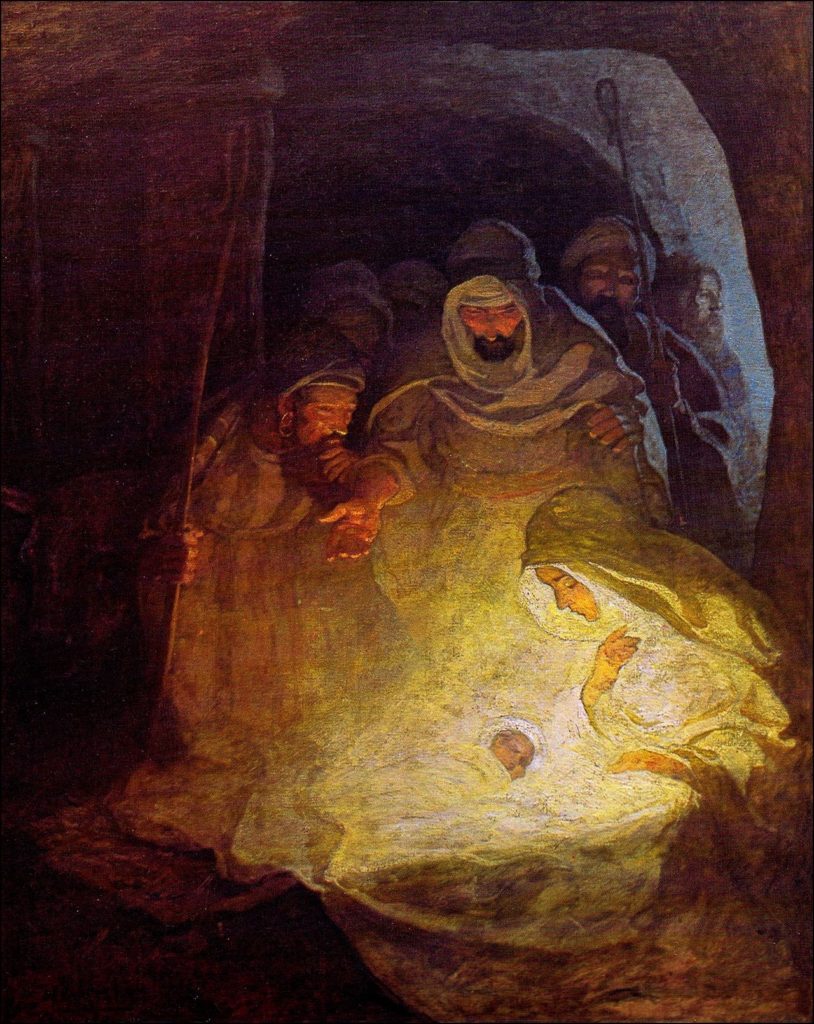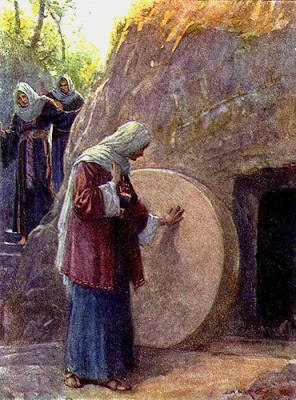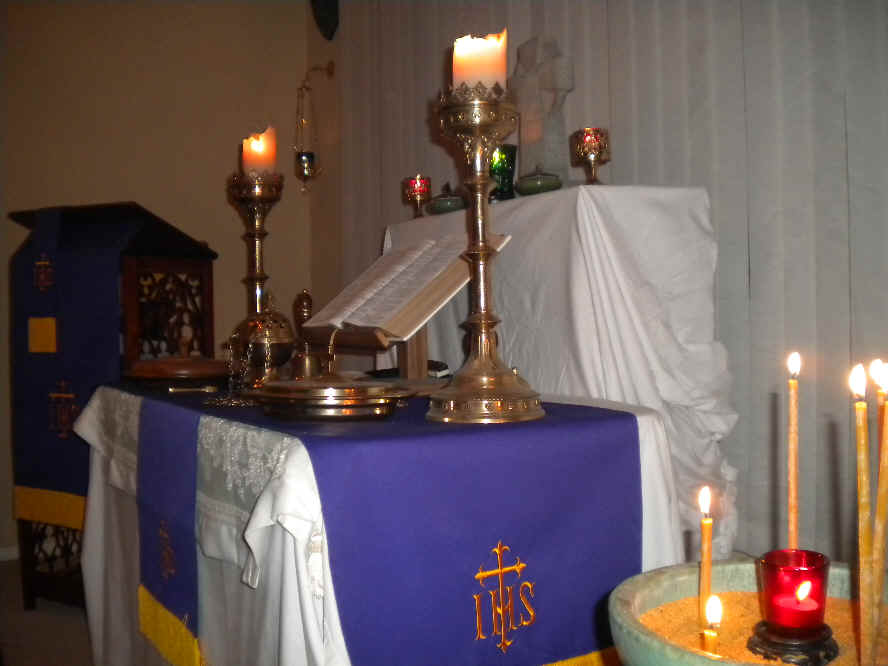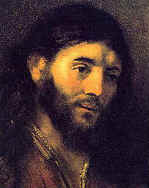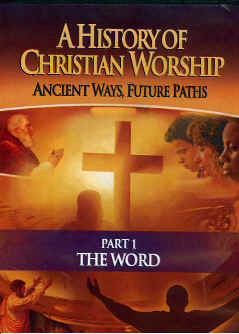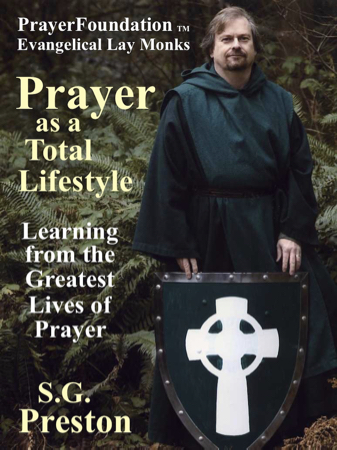“And He shall be like a tree planted by the rivers of water, that brings forth His fruit in His season; His leaf also shall not wither; and whatever he does shall prosper.”
-Psalm 1:3
AdVENt, cHRiStMAS, EpipHANy, LENt, EAStER , pENtEcOSt
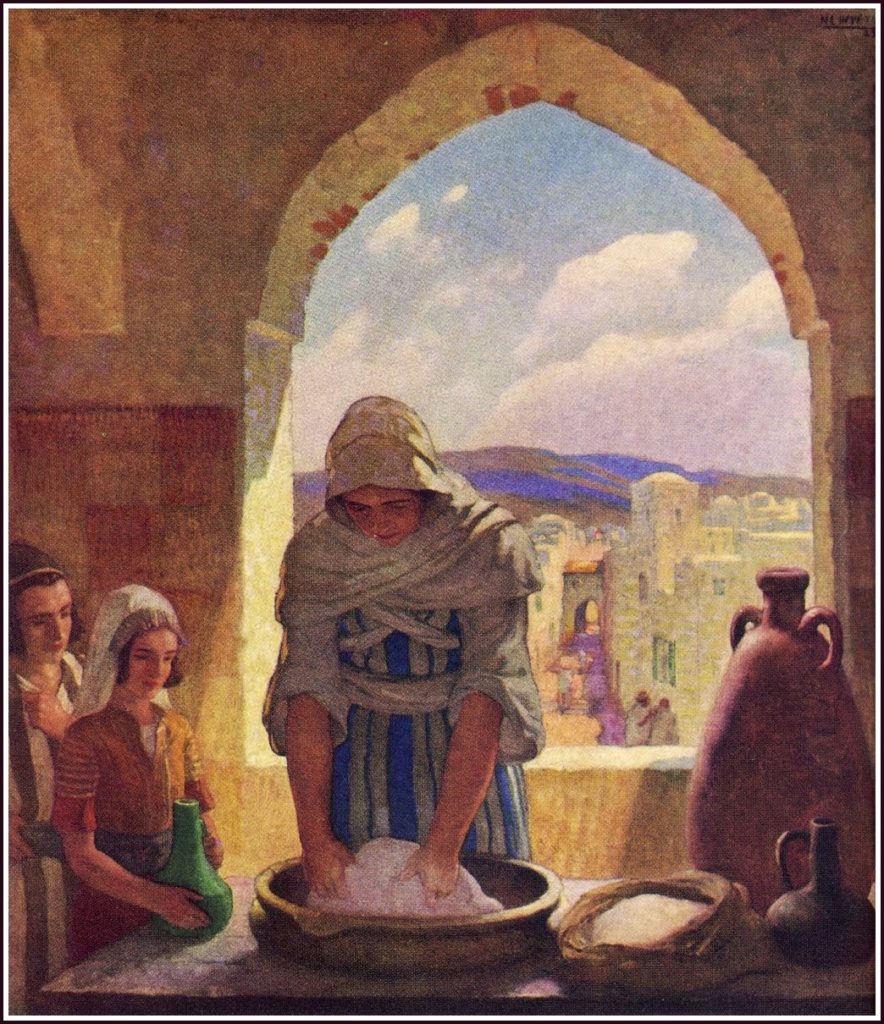
THE HISTORIC CHURCH CALENDAR OBSERVES SIX SPECIAL SEASONS
Many Protestant Churches observe the historic Church Seasons, while many others do not. In the Western Church, the Seasons are the same, whether one is Protestant or Roman Catholic, however, Eastern Orthodox observance varies somewhat, emphasizing more periods of fasting.
The New Testament is quite clear, in the freedom that we have in Christ, that we are nowhere required to observe these (or any) Church Seasons, or indeed any specific days or fasts, but are also at same time quite free to do so if we desire to.
What the Lord does require of us, is that regardless of whether we observe or do not observe these things, we are to do all that we do “unto the Lord.” And we are also taught by God’s Word not to judge other Christians in their practice.
“Let not the one that eats despise the one that does not; and let not those which do not eat judge those that eat: for God has received them. Who are you that judge another man’s servant? To his own master he stands or falls. Yes, he shall be upheld: for God is able to make him stand.
One person esteems one day above another: another esteems every day alike. Let everyone be fully persuaded in their own mind. Those that regard the day, regard it to the Lord; and those that regard not the day, to the Lord they do not regard it.
The one that eats, eats to the Lord, for they give God thanks; and the one that does not eat, to the Lord they do not eat, and give God thanks.”
-Romans 14:3-6
The Church Seasons follow the life of Jesus Christ, beginning with the preparation for His birth in Advent, the birth of the Christ child at Christmas,
the journey of discipleship in Epiphany (also a celebration of Christ’s Baptism) as the Wise Men follow the star to Bethlehem, the preparation for the remembrance of Jesus’ passion and death during Lent and Holy Week, the Resurrection of Jesus from the dead at Easter, and His Ascension into Heaven.
After His Ascension, we celebrate the outpouring of the Holy Spirit at Pentecost and build our relationship with the risen Christ during this Season.
This is a also good time to review what we are both individually, and as a Church, doing to fulfill Christ’s “Great Commission” to go into all the world and proclaim His Gospel (Good News) of Salvation.
We have now completed the yearly circle of Church Seasons and have returned once again to Advent.
While we begin preparing again for the coming Nativity celebration, we remember that we also look forward to another, future Second Advent of Christ, His Return to judge the world.
Let us use this Season of Advent, as Christians before us have done throughout history, to prepare our hearts and lives for Him.
“Even so, return, Lord Jesus.”
-Revelation 22:20
AdVENt: tHE fiRSt ARRiVAl & futuRE REtuRN Of cHRiSt
The Church Year begins for Roman Catholics and many Protestants with the Season of the Advent of Our Lord, with weeks of preparation for the coming birth of Jesus in Bethlehem on Christmas Day (the Eastern Orthodox Church year begins around September 1st).
The color of Advent is Blue in Lutheran Churches, spreading to other Protestant Churches (historically it has been Purple).
In what is referred to as the Western Church (Roman Catholics and Protestants, including Anglicans), observance of the Advent Season occurs during the period of the four Sundays before Christmas. The beginning of Western Advent can therefore fall any time between November 27th and December 3rd.
Celtic Advent (which we here observe both as to dates, and as a period of fasting) is always November 15 – December 24 (Observance begins at Sunset on November 14). Dates are the same for Eastern Orthodox Advent (Nativity Fast, St. Philip’s Fast).
cHRiStmAS: the biRtH Of OuR SAViOR
Christmas Season (Christmastide) begins on Christmas Day, December 25, and continues until Epiphany.
Christmas is a season of thankfulness for Christ’s First Advent to provide Salvation.
The color of Christmas is White (Note: Gold or Ivory have historically been acceptable alternatives for White, when White is called for).
EpipHANy: WiSE MEN Still WORSHip HiM
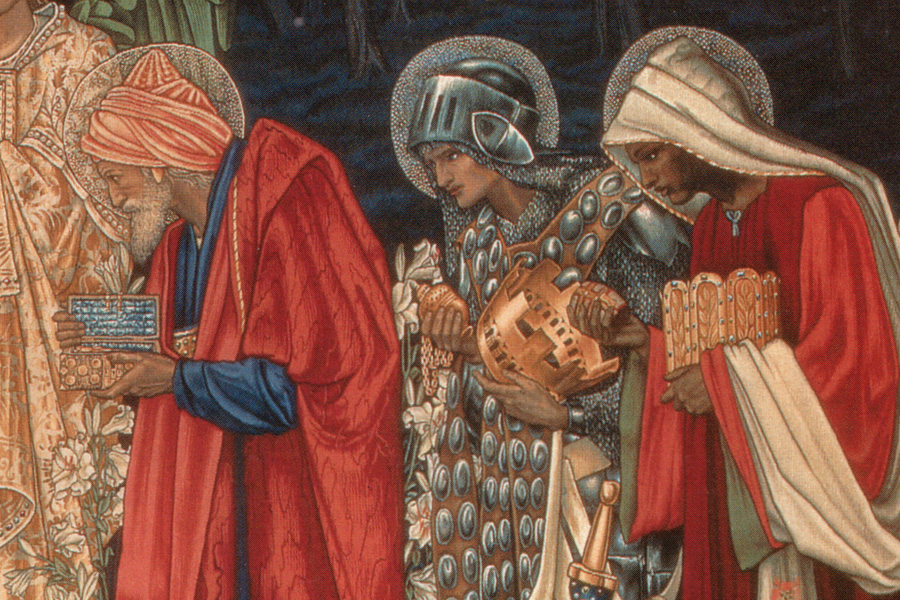
Epiphany means “Manifestation” and is the official Season for proclaiming the identity of Christ.
Epiphany begins at sundown the day before January 6, the day in the Western Church commemorating the Magi arriving in Bethlehem to worship the Baby Jesus, and in the Eastern Church commemorating Our Lord’s Baptism on January 6.
Epiphany is a Season of worship, as the whole world follows the Magi to find and honor the baby Jesus. The color of Epiphany is Green.
Today we tend to celebrate our Holidays (Holy Days) as individual days, and so we like to celebrate the Magi as part of the Christmas Nativity.
In previous times (and still in some countries, such as Mexico) it was “the twelve days of Christmas” (like the Song) and then the Magi “arrive”, and while they are “here” it is the Season of Epiphany. This includes:
- The Baptism of Our Lord, on the Sunday after the Epiphany.
- The Presentation (of our Lord in the Temple).
- The Last Sunday after the Epiphany is Transfiguration Day.
LENt: taKE up yOuR cROSS / dENy yOuRSElf
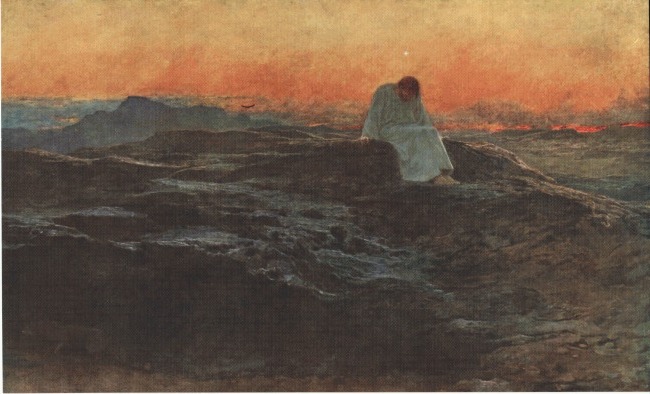
Lent begins with Ash Wednesday and is a season of self-examination and quiet contemplation of the mysteries of God. Christians prepare for the forgiveness of their sins and death of their worldly selves, with the death of Jesus on the Cross on Good Friday as they follow His footsteps through Holy Week, culminating in the celebration of Christ’s Resurrection on Easter Sunday.
The color of Lent is purple, symbolizing royalty (to Christians, that of Christ), fasting (Christ’s 40 days of fasting in the wilderness before beginning His ministry) and symbolizing repentance (ours).
In recent times red-purple has sometimes been used to distinguish Lent from the blue-purple of Advent (Blue is used by Lutherans during Advent, and its use at that Season has been adopted by some other Protestant Churches).
Purple has historically been used during Advent. Red is displayed in some churches during Holy Week and on The Day of Pentecost.
EAStER : cELEbRAtiNG cHRiSt'S RESuRREctiON
The Season of Easter (Eastertide) begins with Easter Sunday.
It is the glorious celebration of Jesus’ Resurrection from the dead. A season of praise, as Christians glorify the Risen Christ.
The color of Easter is White, the color of the Resurrection.
pENtEcOSt: Gift Of tHE HOLy SpiRit fOR EVaNGELism
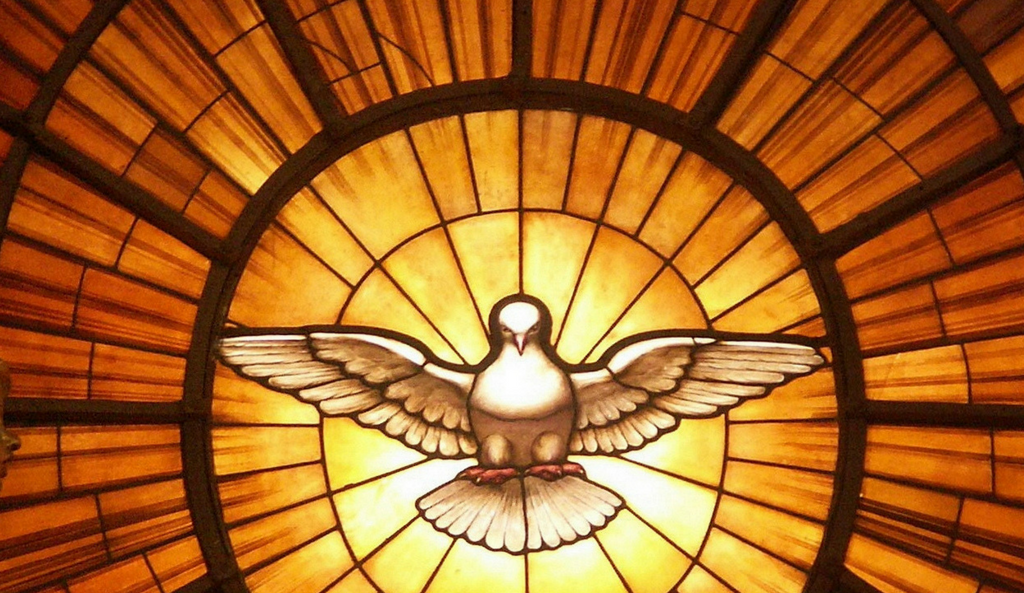
The Season of Pentecost begins with the Feast of the Pentecost, fifty days after Easter.
Because Pentecost celebrates the descent of the Holy Spirit from heaven…and the birth of the Church, Pentecost is a season of evangelism and outreach, as Christians celebrate the presence of the Holy Spirit.
The color used during Pentecost Season is usually Green (as it is also during Epiphany, for Ordinary Time).
In some Churches, Red (the color of fire, used to represent the Holy Spirit) may be used during Holy Week, and/or on The Day of Pentecost itself:
“…and there appeared to them cloven tongues like as of fire, which rested upon each of them.”
-Acts 2:3
____________________________________________________________________
Main Source: the book, “Colors I See in Church” by Julie Stiegemeyer
____________________________________________________________________
BACKGROUND INFORMATION:
The central event of Christianity is the Resurrection. An annual remembrance of Christ’s Passion is therefore the central event of the Church Year, so the observance of Easter was the first event to be placed in the Church Calendar.
The Calendar is organized around two major centers of sacred time:
Advent, Christmas, and Epiphany…
…and Lent (including Holy Week), Easter, and Pentecost.
The rest of the year following Pentecost is known as Ordinary Time, from the word ordinal, which simply means counted time. It has also been called The Season of Pentecost.
Epiphany is an exception — it is also considered to be Ordinary Time — see the explanation in the Column to the Right, under the Heading:
Church Season Colors
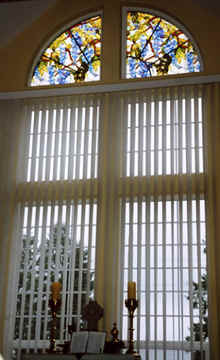
CHURCH SEASON COLORS
The colors mentioned refer to those used for Church paraments:
the cloths used for the altar-cloth, pulpit cloth, Bible page marker, and the minister’s Stoll
(the scarf-like cloth that may be worn,
symbolizing that the Officiating Minister is a servant of the congregation),
and any other of the decorative cloth pieces used in many churches to signify the current Church Season. __________
White is used for the Easter and Christmas Seasons. It is also used for weddings and funerals (White is the color symbol for the Resurrection). __________
Red (the color of fire) is the color symbol for the Holy Spirit.
Red is used by some churches for Holy Week, and the Day of Pentecost. __________
Green (the color of new growth and life) is the color symbol for Ordinary time
(from after Pentecost to the beginning of Advent).
But Green is also the color used for Epiphany. Why is that?
Although Epiphany is considered a Church Season, it is also considered part of Ordinary Time because the Sundays in it are not named;
as they are in all of the other Church Seasons.
__________
Gold or Ivory have historically been acceptable alternatives for White, whenever White is called for.
__________
Some Christians use Blue-Purple for Advent and Red-Purple during Lent (or vice-versa) to distinguish these Church Seasons from each other. __________
Lutherans use Blue during Advent.
Roman Catholics reserve Blue for representing the Virgin Mary. __________
In our Monastery Chapel, we ourselves use paraments that are White, Red, Blue-Purple, and Green; each during its appropriate Church Season.
__________
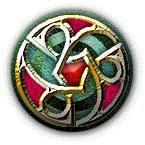
DIFFERENCES OF OBSERVANCE
Eastern Orthodox also use different colors during the various Church Seasons, particularly for the Priest’s robes, but they do not specify particular colors.
Rather, they require that the colors used in a particular Church Season must be “dark” or “light” colors.
Instead of the term: Advent (or in addition to it), they may also use the following terms: Nativity Fast, Winter Fast, Christmas Lent, and St. Philip’s Fast.
Advent comes from the Latin word adventus, meaning arrival: this is the exact translation for the New Testament
Greek word, parousia,
referring to the First (past) and Second (future)
Arrivals of Christ. __________
The term Advent did not come into use until the Latin translation of the Bible by St. Jerome: The Latin Vulgate.
Eastern Orthodox Communions never used the Latin Translation, retaining the Greek New
Testament and Greek Septuagint
(Old
Testament) texts. __________
Eastern Orthodox observe a forty day pre-Christmas Fast, somewhat lighter than the Fast before Easter.
They refer to Easter as Pascha
(Greek for Passover), and to the Easter Lenten fast as the Great Lent.
The Celtic Christians, in the case of Advent, also observed it as a forty day pre-Christmas Fast.
Originally the Roman Catholic
Church celebrated Advent in the same manner as the Eastern Orthodox and the Celtic Christians.
They
shortened the Season to the four weeks before Christmas during the Middle Ages, and dropped the fasting part at Vatican II, in 1965.
The shortened length of Advent was retained by the Protestant
Churches that still observe it along with the other Church Seasons.



St. AuGuStinE Of HippO (QuOtES):
“God has promised forgiveness to your repentance, but He has not promised tomorrow to your procrastination.”


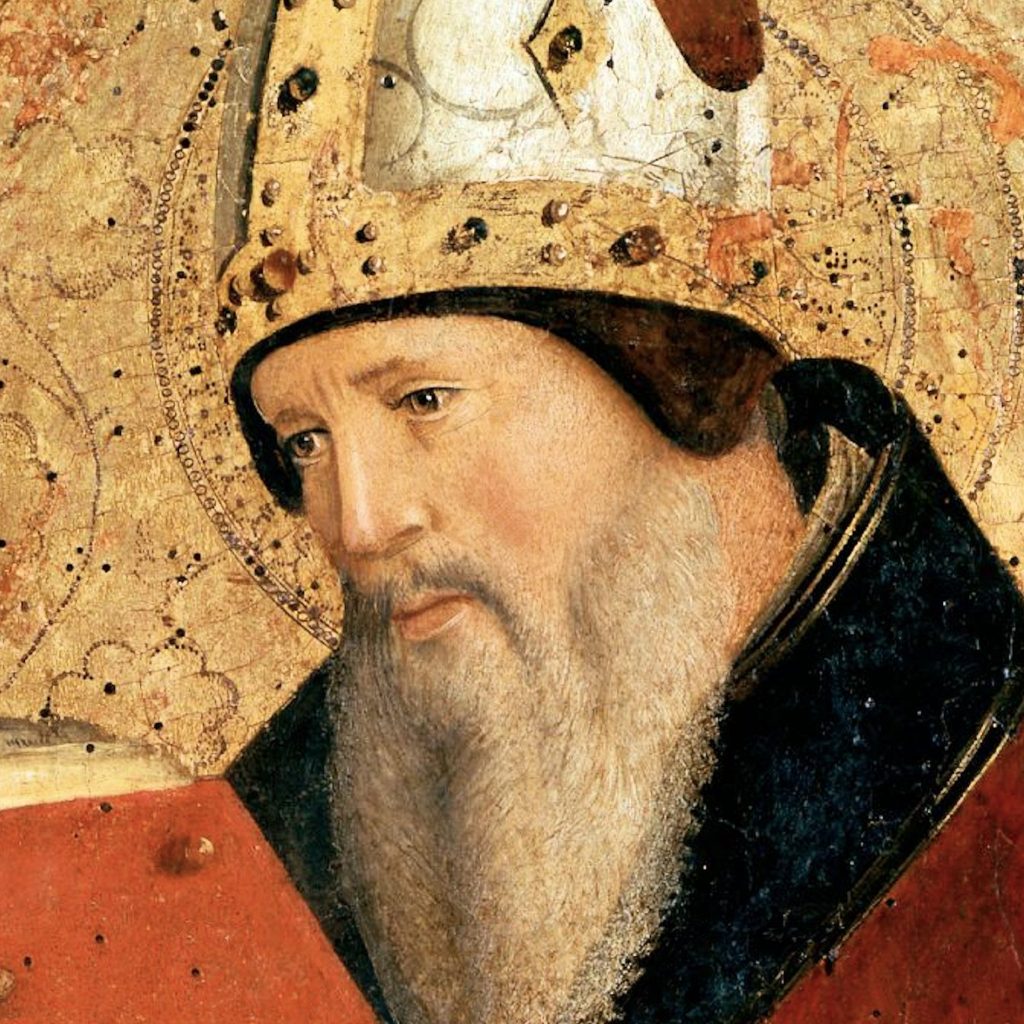
“Humility is the foundation of all the other virtues, hence, in the soul in which this virtue does not exist there cannot be any other virtue except in mere appearance.”
“Do what you can and pray for what you cannot yet do.”
“A man may lose the good things of this life against his will; but if he loses the eternal blessings, he does so with his own consent.”
______________________________
“You don’t love in your enemies what they are, but what you would have them become by your prayers.”
“Longing desire prays always, though the tongue be silent. If you are ever longing, you are ever praying. The desire is your prayer; and if your desire is without ceasing, your prayer will also be without ceasing.”
“Whole prayer is nothing but love. “
“He that loves little prays little; he that loves much prays much.” _______________________________________________
“In my deepest wound I saw your glory, and it dazzled me.”
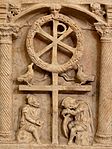


“You have made us for Yourself, O Lord, and our heart is restless until it finds its rest in You.”
“Since you cannot do good to all, you are to pay special attention to those who, by the accidents of time or place, or circumstances, are brought into closer connection with you.”
“There is no saint without a past, no sinner without a future.”
“Pray as though everything depended on God. Work as though everything depended on you.”
-St. Augustine of Hippo (354-450 A.D.) _____________________
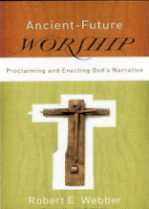
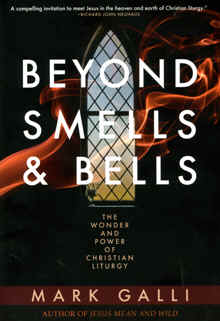
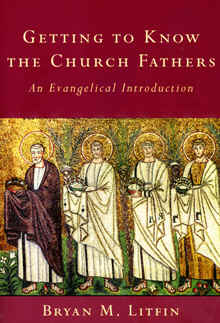
This Website: PrayerFoundation Evangelical Lay Monks ™ Built by: S.G. Preston Ministries ™
Copyright © 1999-2024 S.G. Preston. All Rights Reserved.
Photos & Text Copyright © 1999-2024 S.G. Preston. All Rights Reserved.
